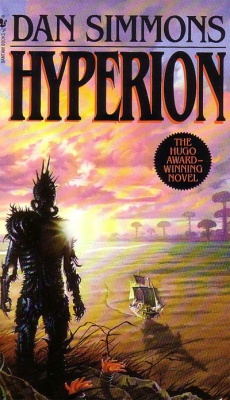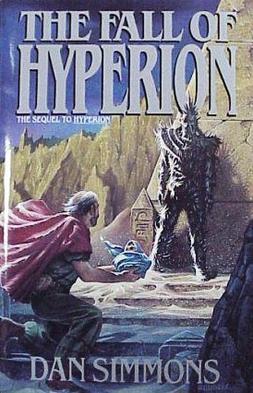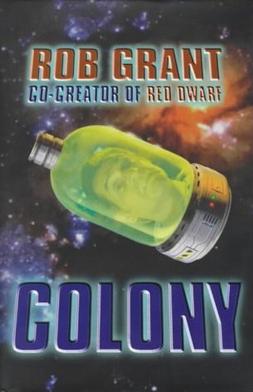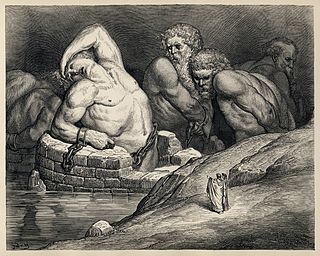
John Keats was an English poet of the second generation of Romantic poets, along with Lord Byron and Percy Bysshe Shelley. His poems had been in publication for less than four years when he died of tuberculosis at the age of 25. They were indifferently received in his lifetime, but his fame grew rapidly after his death. By the end of the century, he was placed in the canon of English literature, strongly influencing many writers of the Pre-Raphaelite Brotherhood; the Encyclopædia Britannica of 1888 called one ode "one of the final masterpieces".

In ancient Greek religion and Greek mythology, Pasiphaë was a queen of Crete, and was often referred to as goddess of witchcraft and sorcery. The daughter of Helios and the Oceanid nymph Perse, Pasiphaë is notable as the mother of the Minotaur. She conceived the Minotaur after mating with the Cretan Bull while hidden within a hollow cow that the Athenian inventor Daedalus built for her, after Poseidon cursed her to fall in love with the bull, due to her husband, Minos, failing to sacrifice the bull to Poseidon as he had promised.

In Greek mythology, Scylla is a legendary monster who lives on one side of a narrow channel of water, opposite her counterpart Charybdis. The two sides of the strait are within an arrow's range of each other—so close that sailors attempting to avoid Charybdis would pass dangerously close to Scylla and vice versa.

Theia, also called Euryphaessa "wide-shining", is one of the twelve Titans, the children of the earth goddess Gaia and the sky god Uranus in Greek mythology. She is the Greek goddess of sight and vision, and by extension the goddess who endowed gold, silver, and gems with their brilliance and intrinsic value. Her brother-consort is Hyperion, a Titan and god of the sun, and together they are the parents of Helios, Selene, and Eos. She seems to be the same figure as Aethra, who is the consort of Hyperion and mother of his children in some accounts. Like her husband, Theia features scarcely in myth, being mostly important for the children she bore, though she appears in some texts and rare traditions.

The Hyperion Cantos is a series of science fiction novels by Dan Simmons. The title was originally used for the collection of the first pair of books in the series, Hyperion and The Fall of Hyperion, and later came to refer to the overall storyline, including Endymion, The Rise of Endymion, and a number of short stories. More narrowly, inside the fictional storyline, after the first volume, the Hyperion Cantos is an epic poem written by the character Martin Silenus covering in verse form the events of the first two books.

Brainiac is a supervillain appearing in American comic books published by DC Comics. The character was created by writer Otto Binder and artist Al Plastino, and debuted in Action Comics #242. He has since endured as one of Superman and the Justice League's greatest enemies. The character's name is a portmanteau of the words brain and maniac.

Mighty Orbots is a 1984 American-Japanese super robot animated series created in a joint collaboration of TMS Entertainment and Intermedia Entertainment in association with MGM/UA Television. It was directed by veteran anime director Osamu Dezaki and features character designs by Akio Sugino. The series aired from September 8, 1984, to December 15, 1984, on Saturday mornings in the United States on ABC.

The Fall of Hyperion is the second novel in the Hyperion Cantos, a science fiction series by American author Dan Simmons. The novel, written in 1990, won both the 1991 British Science Fiction and Locus Awards. It was also nominated for the Hugo Award and the Nebula Award.

Hyperion is a 1989 science fiction novel by American author Dan Simmons. The first book of his Hyperion Cantos series, it won the Hugo Award for best novel.

Colony was the first novel written by Rob Grant outside the Red Dwarf series. First published in 2000 by Viking Press in the United Kingdom it stays within the comedy, science fiction genre. The narrative is set on a spaceship sent on a voyage to colonise another planet, since Earth has been rendered uninhabitable. The mission is set to take numerous generations. Ten generations into the voyage, however, the crew's mental abilities have all been severely reduced, setting the events of the novel in motion.
"Orphans of the Helix" is a 46-page science fiction short story by American writer Dan Simmons, set in his Hyperion Cantos fictional universe. It was first published in the anthology Far Horizons in 1999.

Prayers to Broken Stones is a short story collection by American author Dan Simmons. It includes 13 of his earlier works, along with an introduction by Harlan Ellison in which the latter relates how he "discovered" Dan Simmons at the Colorado Mountain College's "Writers' Conference in the Rockies" in 1981. The title is a borrowed line from T. S. Eliot's "The Hollow Men".

The Sea of Monsters is an American fantasy-adventure novel based on Greek mythology written by Rick Riordan and published in 2006. It is the second novel in the Percy Jackson & the Olympians series and the sequel to The Lightning Thief. This book chronicles the adventures of thirteen-year-old demigod Percy Jackson as he and his friends rescue his satyr friend Grover from the Cyclops Polyphemus and save Camp Half-Blood from a Titan's attack by bringing the Golden Fleece to cure Thalia's poisoned pine tree.

Peter and the Sword of Mercy is a children's novel that was published by Hyperion Books, a subsidiary of Disney, in 2009. Written by Dave Barry and Ridley Pearson, the book is an unauthorized reimagining of characters and situations from Peter Pan, or the Boy Who Wouldn't Grow Up by J. M. Barrie, and tells the story of an orphan named Peter. It was illustrated by artist Greg Call. It is a sequel and fourth installment to Barry and Pearson's "Starcatchers" series, best-sellers released in 2004–2007, which was originally said at the time to be a trilogy. This book was released on October 13, 2009. The next book, called The Bridge to Never Land, was published in 2011.

The Heroes of Olympus is a pentalogy of fantasy-adventure novels written by American author Rick Riordan. The novels detail a conflict between Greek demigods, Roman demigods, and Gaea. In the fourth book of the series, there is also a fight against Tartarus, which, in Greek mythology, was the darkest and deepest point of the Underworld.

Proteus appears and is referenced often in popular culture.

The familiar name and large size of the Titans have made them dramatic figures suited to market-oriented popular culture.

The Rise of Endymion is a 1997 science fiction novel by American writer Dan Simmons. It is the fourth and final novel in his Hyperion Cantos fictional universe. It won the Locus Award for Best Science Fiction Novel, and was nominated for the Hugo Award for Best Novel in 1998.

Guardians of the Galaxy: The Telltale Series is an episodic graphic adventure video game series developed and published by Telltale Games. Based on Marvel Comics' Guardians of the Galaxy comic book series, the game's first episode was released on April 18, 2017.

















